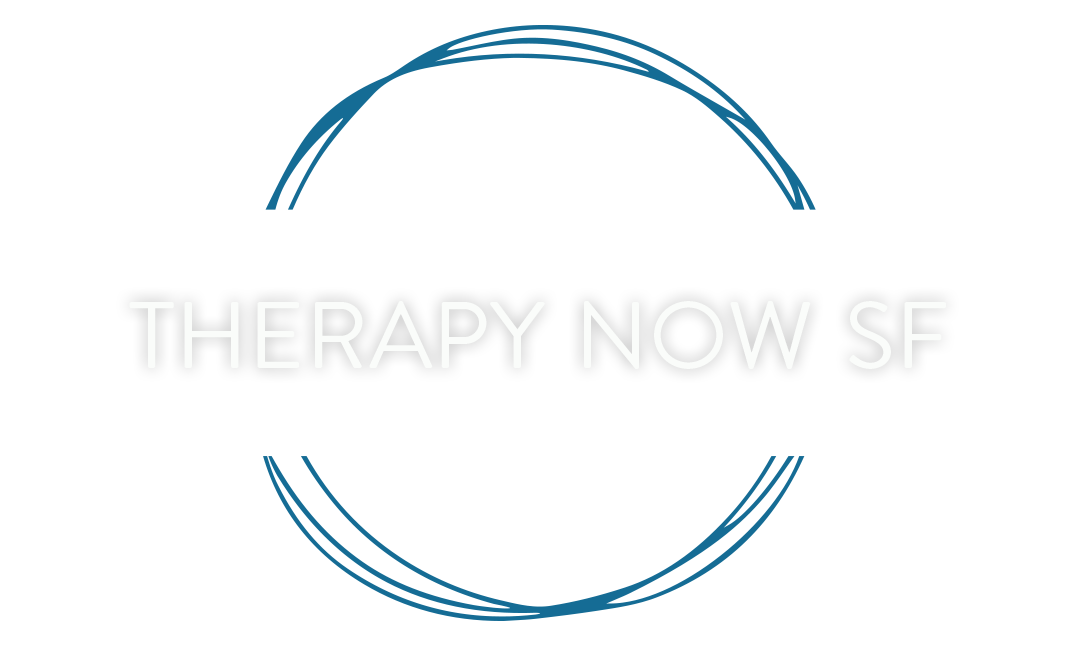Blaming: One of the Most Common Cognitive Distortions
In cognitive behavioral therapy (CBT) “cognitive distortions” are simply tricks of the mind. The brain convinces us of something that is untrue. Often, they are the result of trauma in our pasts, but they can also occur without traumatic experiences. Of the many common distortions in CBT, “blaming” is one of the most widespread and can be very destructive.
What Is Blaming?
Blaming is simply the act of assigning responsibility for something that happened. However, it’s usually a negative act – you blame someone for breaking your favorite coffee mug, but you rarely blame someone for mowing the lawn, for instance. In most situations, blaming as a cognitive distortion involves assigning guilt or responsibility for how we feel to someone else. “He makes me feel bad about myself,” for instance, or “She makes me feel inadequate”.
The Effects of Blaming
Blaming ultimately leads to negative emotional conditions. The person placing blame often feels resentment, anger, or even hatred for the person they blame. The person being blamed often feels defensive, hurt, or angry if the blaming is vocalized or communicated in other ways.
What Do We Blame Others For?
Often, blaming does not center on physical actions. Instead, we blame others for how we feel, what we think, or our negative behaviors. For instance, a substance abuser might blame his abusive parent for his drug problem.
While the parent certainly contributed to the situation and there is no doubt that traumatic events can lead to addiction, blame in this case shifts responsibility for individual choices (the decision to do drugs and continue to do drugs) to someone else. Does the abusive parent have some responsibility in this situation? Yes. But the drug abuser must also face his own responsibility in terms of continued behavior.
How to Recognize Blaming
Anytime you notice that it's "blah, blah happened because of blank." You know, if you're sort of defensive about it. "It's because of my boss that I'm so stressed." Any of those "If so and so didn't do whatever, I wouldn't feel this way."
Sometimes the blaming is subtle and it's described as frustration or even self righteousness. If you're constantly feeling like things are unfair those are some blaming tendencies.
Then there's emotional signals. If you're continually feeling resentment and frustration those are ways to notice that too.
How to Stop Blaming
Changing blaming behavior can be challenging, but it is possible.
Identify and stop unhelpful thinking patterns. When something happens and we blame someone else, we often tell others about it. The act of recounting the situation compounds its effects and reinforces our negative emotions. The next time you find yourself blaming someone, try not talking about it and observe how your mental situation changes.
Own your emotions. We often blame others for how they “make us feel”. However, by understanding that no one can make us feel anything – we make ourselves feel things – you can begin to break the blaming cycle. As you establish control over your emotions, you will find that the words and actions of others have less and less impact on how you feel.
Consider therapy. Often, blaming (whether blaming others or blaming yourself) stems from traumatic experiences in your past. Physical, emotional, and sexual abuse are common causes, but any traumatic experience can lead to blaming. Working with a therapist, you can uncover the underlying causes and begin to institute positive changes.
Ultimately, blaming is an attempt to assign responsibility to our emotions, thoughts, or actions to someone else. Understanding that our thoughts and emotions are our own, and that our actions are our responsibility, is the start of healing.
